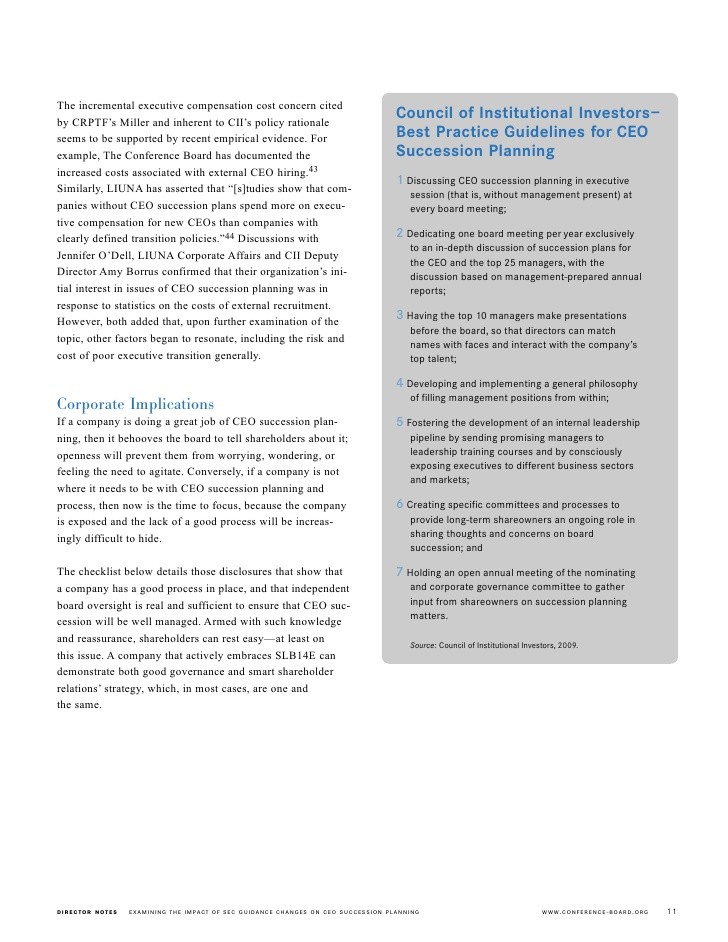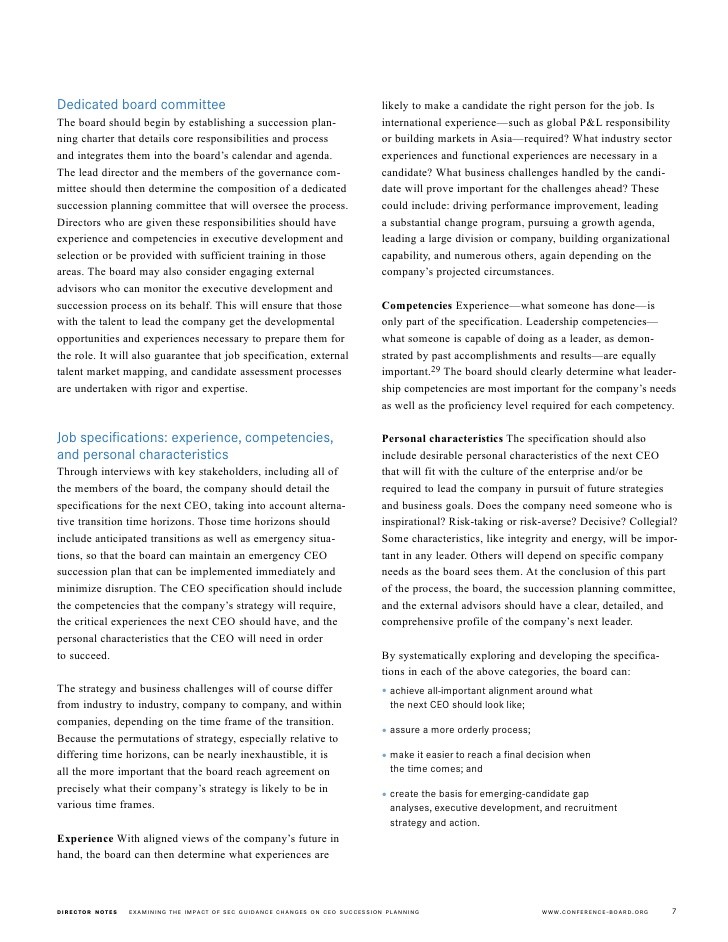Examining Shareholder Value Creation Over CEO Tenure A New Approach to Testing Effectiveness of
Post on: 6 Апрель, 2015 No Comment

I would like to thank Ramji Balakrishnan (the editor), two anonymous reviewers, and Dan Weiss
(the discussant) for constructive suggestions. The study has benefited from comments from Mary
Ellen Carter, Scott Duellman, Ann Gabriel, Alan Jiang, Siyi Li, Richard Lu, Vivek Mande, Michal
Matejka, Kevin Murphy, Myungsoo Son, Toby Stock, Wim Van der Stede, I-Ling Wang, Martin
Wu, Steve Wu, seminar participants at Auburn University, California State University at
Examining Shareholder Value Creation over CEO Tenure: A New Approach
to Testing Effectiveness of Executive Compensation
Abstract
This paper examines the relationship between CEO compensation and shareholder
value added over CEO tenure. The research design exploits two fundamental attributes of
CEO compensation and shareholder value added: (i) both CEO compensation and shareholder
value added aggregate naturally over CEO tenure, and (ii) extending the time interval over
which the two variables are measured is likely to result in a better match between CEO
compensation and shareholder value created by the CEO. I measure CEO compensation with
I. INTRODUCTION
For more than two decades, academics, policymakers, and the media have debated over
the high levels of executive compensation, questioning whether they are consistent with
shareholder interests (e.g. Jensen and Murphy 1990; Hall and Liebman 1998; Bebchuk and Fried
2004). Prior studies have not reported consistent results about performance outcome of
executive compensation but instead have raised concerns regarding the ability of executive
compensation to adequately align the interests of top executives and shareholders (for reviews,
see Murphy 1999; Core et al. 2003; Jensen et al. 2004; Devers et al. 2007). During the current
financial crisis, we have witnessed an unprecedented level of interest in executive compensation.
Politicians and the media have argued that current executive compensation practices motivate
executives to maximize short-term profits at the expense of long-term benefit. Consequently, the
federal government and Congress are implementing more regulations to constrain executive
compensation (Bebchuk 2009; Muprhy 2010). However, if we do not have a definitive answer
to the question of whether executive compensation has the desired effect on shareholders’ wealth,
then any regulation constraining executive compensation will distort and weaken executives’
incentives to deliver long-term results. Carefully designed research will inform and guide
policymakers in drafting any potential regulation on executive compensation. In this paper, I
examine the relationship between CEO compensation and shareholder value added over CEO
tenure.
No prior studies have examined the association between CEO compensation and
shareholder value added over CEO tenure. There are four advantages of conducting executive
compensation research over the long time frame of CEO tenure. First, by using CEO tenure as
the window for observing CEO compensation and performance, we mitigate the horizon problem
Page 4
in executive compensation research. Managers usually have shorter time horizons than
shareholders (Narayanan 1985), and therefore, the bonus plan in executive compensation
contracts motivates them to behave myopically and sacrifice shareholder value (Dechow and
Sloan 1994). For example, Graham et al. (2005) report that a majority of managers would forgo
a project with positive net present value (NPV) if the project would cause them to fall short of
the current quarter consensus forecast. The labor market for executives also encourages them to
invest in projects with quick payback. Managers perceived as having higher ability receive
higher compensation (Murphy and Zabojnik 2007). Thus, managers prefer to invest in short-term
projects that produce higher short-term returns in order to generate a perception of greater
ability. By acting myopically at the beginning of their tenure, managers can obtain high
compensation at the current company as well as earn a good reputation that will increase their
market value. In the long-run, however, stock price will drop due to sacrificed long-run profit for
short-run profit, and CEO wealth will be negatively affected when the CEO holds a large number
of stocks or stock options. It is therefore important to examine CEO pay and shareholder value
over the long-run. Devers et al. (2007) acknowledge this problem with the conclusion that “time
may exhibit a confounding influence on research findings” (p. 1041).
The second advantage of examining CEO pay and shareholder value over the long-run is
the mitigation of the ex post settling-up problem. The ex post settling-up problem arises when

managers are compensated for expected future cash flows that do not result in materialization in
the future (Leone et al. 2006). For example, if the CEO receives a bonus for signing a value
increasing long-term contract but the contract is later canceled, stockholders cannot recoup the
bonus paid for the unrealized cash flows. However, the CEO’s wealth in the form of equity
holding will shrink after the contract is cancelled. A much less severe ex post settling-up problem
Page 5
for the shareholders occurs when CEOs are paid in equity compensation forms (Leone et al.
2006). Because the long time horizon allows us to examine cash compensation, equity
compensation, and shareholder value, we get a complete picture of CEO pay and shareholder
value creation.
The third advantage of the long time horizon is that it reduces measurement errors in both
the CEO compensation and shareholder value variables. Take stock options as an example.
Realized gains from exercising stock options in a particular year are usually from a CEO’s stock
options accumulated over time, sometimes over the CEO’s tenure. If we count the gains as a
single year’s compensation, it distorts the relation between CEO compensation and shareholder
value. Instead, if we aggregate all realized gains over a CEO’s tenure and compare the gains
with performance during the same period, we present a fair picture of the pay-performance link.
This is consistent with the notion that aggregate measures can be preferred to individual (annual)
measures because they serve as an avenue for measurement errors to cancel (Arya et al. 2004).
Furthermore, short-term stock return can be high or low due to a variety of factors such as
business cycle, discount rates, and investor sentiment. However, over the long-term, these factors
tend to even out. Easton et al. (1992) show that aggregation over multiple years effectively
reduces measurement errors for such variables as earnings and stock returns.
Finally, aggregation of CEO compensation and shareholder value added over CEO tenure
creates a one-to-one correspondence between CEO compensation and CEO performance. Prior
studies examining the association of this year’s CEO compensation with future years’ stock
returns fail to consider the factor that this year’s CEO may not be the CEO of future years when
we examine performance consequences. Given that the annual CEO turnover rate is about 15%














